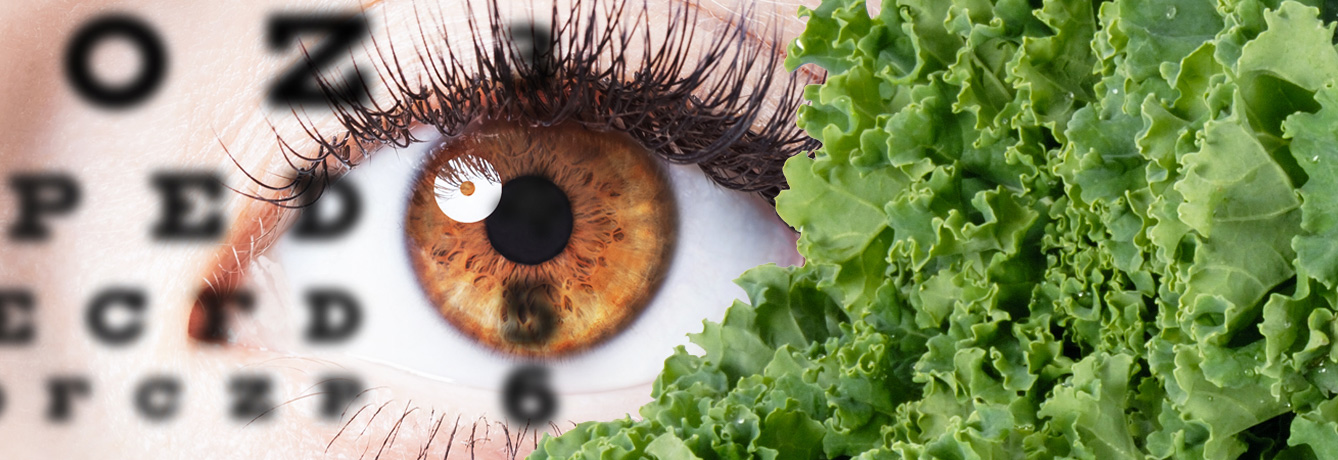69% Lower Glaucoma Risk with Darkest Greens
About 2 million Americans over age 40 suffer from some form of glaucoma — a buildup of fluid pressure in the eye that damages the optic nerve, making it the second leading cause of blindness worldwide. Researchers at the University of California, Los Angeles, wanted to explore the link between consumption of particular fruit and vegetables and incidence of glaucoma. Looking at dietary data for 1,155 women age 65 and older — 8% of whom had glaucoma in at least one eye — they found a higher intake of certain produce items correlated with lower risk. In addition to kale and collard greens, a weekly consumption of carrots yielded a 64% lower risk, while at least a weekly serving of peaches (processed) translated into a 47% lower risk.
Previous research suggests a diet rich in fruit and vegetables may also play a role in reducing the risk of cataracts and age-related macular degeneration (AMD). One study found that high intakes of lutein and zeaxanthin, plant compounds concentrated in leafy greens, delivered an 18% lower risk of developing cataracts. Leafy greens — and orange-colored fruit and vegetables — are also rich in beta-carotene, which when converted to vitamin A helps support overall eye health.



